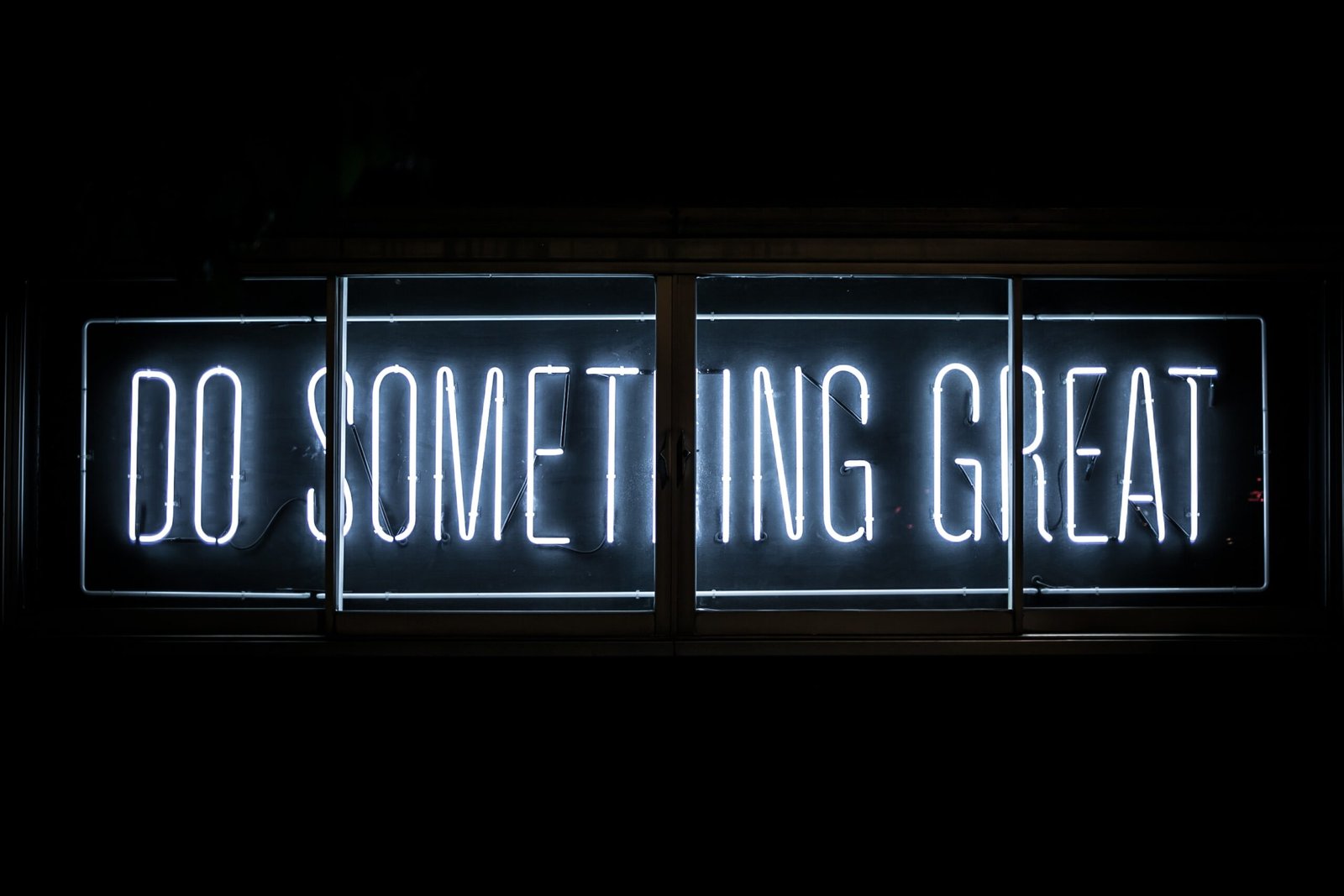Circular Bioeconomy Initiatives: The Fashion Industry’s Role in Protecting Biodiversity
The fashion industry is undergoing a transformative shift toward a circular bioeconomy, playing a crucial role in combating deforestation and promoting sustainable practices. By replacing synthetic materials with regenerative alternatives, the sector is actively contributing to the preservation of biodiversity in vulnerable regions like the Amazon. These initiatives showcase the potential of fashion to drive positive environmental change on a global scale.
Understanding the Circular Bioeconomy
A circular bioeconomy emphasizes sustainable resource use by integrating regenerative practices into production processes. Unlike traditional linear models that rely on finite resources and produce significant waste, circular bioeconomy initiatives focus on reducing environmental impact, promoting resource efficiency, and creating closed-loop systems. For the fashion industry, this means sourcing materials responsibly, designing for durability, and ensuring end-of-life recyclability.
Addressing Deforestation in the Amazon
Deforestation in the Amazon poses a critical threat to global biodiversity and climate stability. The fashion industry has long been associated with practices that contribute to deforestation, such as the use of materials like leather and wood-derived textiles. However, the shift toward circular bioeconomy initiatives is changing this narrative. By adopting regenerative practices, fashion brands are working to protect the Amazon and other endangered ecosystems.
Replacing Synthetic Materials with Regenerative Alternatives
One of the key components of the circular bioeconomy in fashion is the replacement of synthetic materials with regenerative alternatives. Brands are exploring materials like organic cotton, bamboo, and lab-grown fibers that minimize environmental impact. For example, plant-based leather alternatives derived from mushrooms or cacti are gaining popularity, offering a sustainable solution to traditional leather production.
Promoting Biodiversity Through Sustainable Sourcing
Sustainable sourcing practices are central to the circular bioeconomy. Fashion brands are partnering with local communities and suppliers to ensure materials are harvested responsibly and in ways that promote biodiversity.These collaborations not only support ecosystem restoration but also empower communities economically, creating a win-win scenario for environmental and social impact.
Advancing Regenerative Agriculture
Regenerative agriculture plays a vital role in circular bioeconomy initiatives. This farming approach focuses on restoring soil health, increasing biodiversity, and sequestering carbon. Fashion brands are increasingly sourcing materials from regenerative farms, such as cotton grown using practices that enrich the soil and reduce water consumption. This commitment to regenerative agriculture aligns fashion with broader efforts to combat climate change.
Challenges in Adopting Circular Practices
Despite its promise, adopting a circular bioeconomy presents challenges for the fashion industry. High costs of sustainable materials, limited infrastructure for recycling, and resistance to change within traditional supply chains can hinder progress. Addressing these challenges requires collaboration across the value chain, investment in innovation, and strong policy support from governments and international organizations.
Collaboration for Greater Impact
Collaboration is essential for scaling circular bioeconomy initiatives in the fashion sector. Partnerships between fashion brands, NGOs, and local communities are driving innovative solutions and amplifying impact. For instance, initiatives that combine industry expertise with indigenous knowledge are creating sustainable supply chains that protect biodiversity while promoting cultural preservation.
Educating Consumers on Circular Practices
Consumer awareness is a critical factor in the success of circular bioeconomy initiatives. Fashion brands are increasingly engaging in educational campaigns to inform customers about the benefits of regenerative materials and circular practices. Transparent communication about sourcing, production, and recycling processes builds trust and encourages consumers to support sustainable fashion choices.
The Future of Circular Bioeconomy in Fashion
The future of the circular bioeconomy in fashion looks promising, driven by advancements in technology and growing consumer demand for sustainable products. Innovations such as biodegradable textiles, AI-driven resource management, and blockchain for supply chain transparency are expected to further revolutionize the industry. As these initiatives expand, the fashion sector will play an increasingly significant role in combating deforestation and protecting biodiversity.
In conclusion, the fashion industry’s shift toward a circular bioeconomy represents a transformative step in addressing deforestation and promoting sustainability. By replacing synthetic materials with regenerative alternatives, adopting sustainable sourcing practices, and advancing regenerative agriculture, fashion brands are aligning profitability with environmental stewardship. These initiatives underscore the power of collaboration and innovation in building a more sustainable future for both the industry and the planet.



